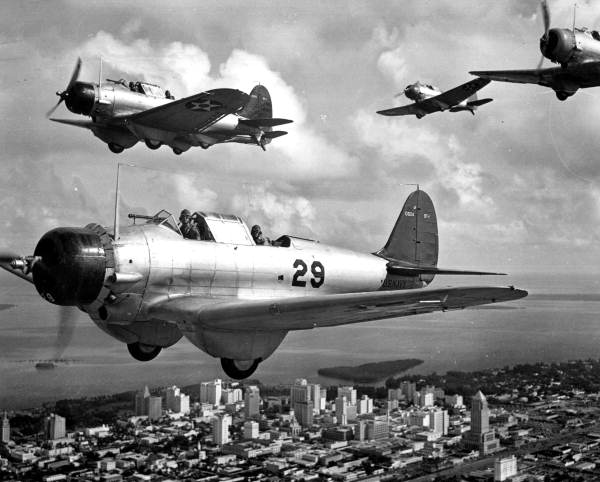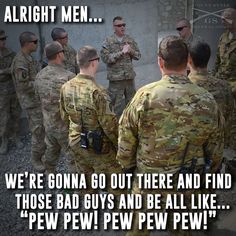Blog Archives
Florida’s East Coast in WWII
When WWII came to the east coast of Florida, it wasn’t in the form of grainy newsreel footage – instead, smoke and flames polluted the sea and filled the horizon. Beaches were strewn with oil, boat parts and drowned and charred bodies. The residents watched and wondered if the German U-boats would turn toward them. And then later in the war, see the German POWs working in the sugar fields not far from unnerved homemakers.
In the first weeks after Pearl, the enemy subs began their deadly missions. A US Navy report read: “Nowhere else in the world could Germany find such a concentration of ships in such a small area.” Within 4 months, 24 ships, 16 from Cape Canaveral to Boca Raton, were sunk, sometimes hours apart.
The number of military bases jumped from 8 to 172, seemingly overnight. Hotels and other facilities were turned into hospitals, training centers and barracks where waves of men and women were sent to prepare for war. Anyone who crossed the bridges between West Palm Beach and the island of Palm Beach were met by an armed sentry who demanded identification.
The Gulf Stream Polo Grounds held barracks for 280 armed Coast Guard beach watchers. Observation towers had been set up every 3 miles and the men rode the horses that had been shipped in from Riley, Kansas. Since horses were unable to maneuver the treacherous rocks near Briny Breezes, 30 dogs were brought in to patrol. Local teenagers were drafted to ride 10 hours a night being as they were familiar with the area.
In Palm Beach County, the ‘Coastal Picket Patrol’, the nation’s 3rd Civil Air Patrol, was formed at Morrison Field (now known as Palm Beach International Airport). ‘The Mosquito Fleet’, a flotilla of pleasure and charter boats looked for subs and survivors of torpedoed ships. The worse stretch was in May, when 10 ships sank in 10 days between Fort Pierce and Boca Raton. Morrison Field became a center of takeoff point for planes destined for battle lines throughout the world.
At the beginning of WWII, Boca Raton Mayor, JC Mitchell convinced officers of the Army Air Corps to move its technical school for radar training from Scott Field, IL to Boca. [“Radar” was a top secret technology.] The land was relatively high and dry, yet close to the ocean and shipping lanes with an excellent climate for flying. BRAAF began classes for electronics and radar officers among other specializations for enlisted men. [Singer, Tony Martin, some of the Tuskegee Airmen, the crew of the Enola Gay and future astronaut Gus Grissom all served for a time at Boca Raton.]
Local Japanese-Americans suffered. George Morikami had the assets of his farm frozen and servicemen lodged in his home. (Today it is the Morikami Museum & Japanese Gardens of Delray Beach). The Yamato colony family of Hideo Kobayashi’s land was confiscated for the Boca Raton Army Airfield; part of which eventually went to Florida Atlantic University where the wide parking lots were former runways.
In Martin County, the Southern Signal Corps received their radar training at Camp Murphy; today is known as Jonathan Dickinson State Park. Further north, both Stuart and Fort Pierce airports went military and Hutchinson Island – a Naval and Amphibious Training base. The Biltmore Hotel turned into the first school for the Women’s Coast Guard SPARS and the Breakers Hotel became Ream General Hospital.
The isolated airstrip of Biscayne Bay became Homestead Air Force Base; the stopover for the route bringing matériel to the Caribbean and North Africa. The 2nd Operational Training Unit which was advanced training for future crews of C-54s, C-87s and C-46s.
I’m sure your area did its part – let’s hear about it!!
Click on images to enlarge.
################################################################################
Military Humor –
################################################################################
Farewell Salutes –
Julius Bacote – New haven, CT; US Army, WWII
Raymond Boothe Jr. – Hebron, KY; US Navy, WWII
Kee Etsicitty – Chichiltah, AZ; USMC, WWII, PTO, 3rd Marines/7th Division, Navajo Codetalker
Harry Fink – Plentywood, MY; US Army, Korea
Louis Galloway – Auckland, NZ; RNZ Air Force # 454799, WWII, gunner
Bruce Mahan – NJ; US Army, Korea, Captain
John McQuaide – Hendersonville, NC; US Navy, Korea, Vietnam, Chief Petty Officer
Werner ‘Wes’ Seidel – b. Berlin; d. Greensboro, NC; US Army, WWII, PTO
Robert Smyth – Ottawa, CAN; RC Horse Artillery, 1st Regiment (Ret.), Korea
Mel Weitz – Brooklyn, NY & FL; US Navy, WWII, USS Quincy, Purple Heart
#################################################################################

















